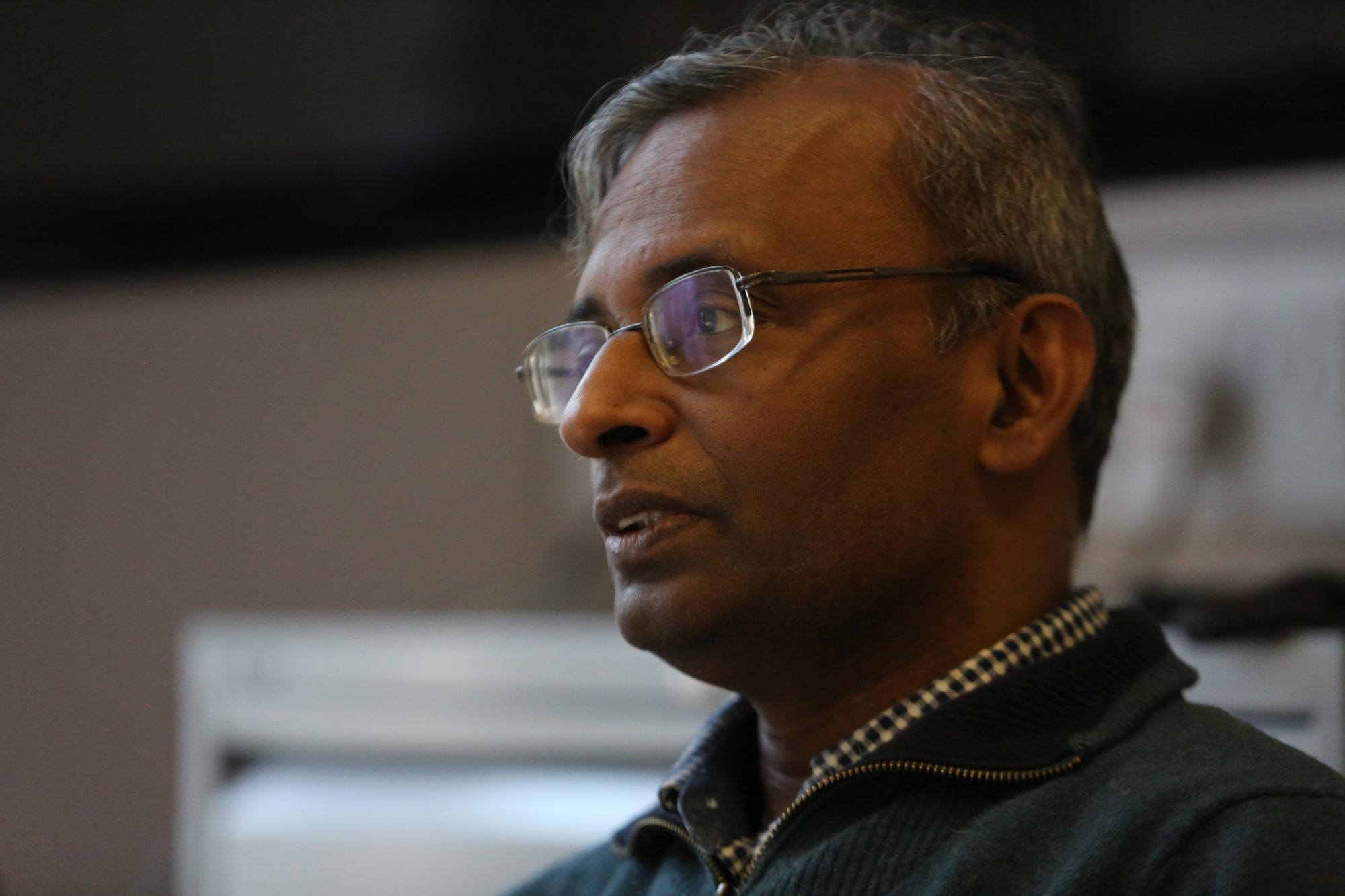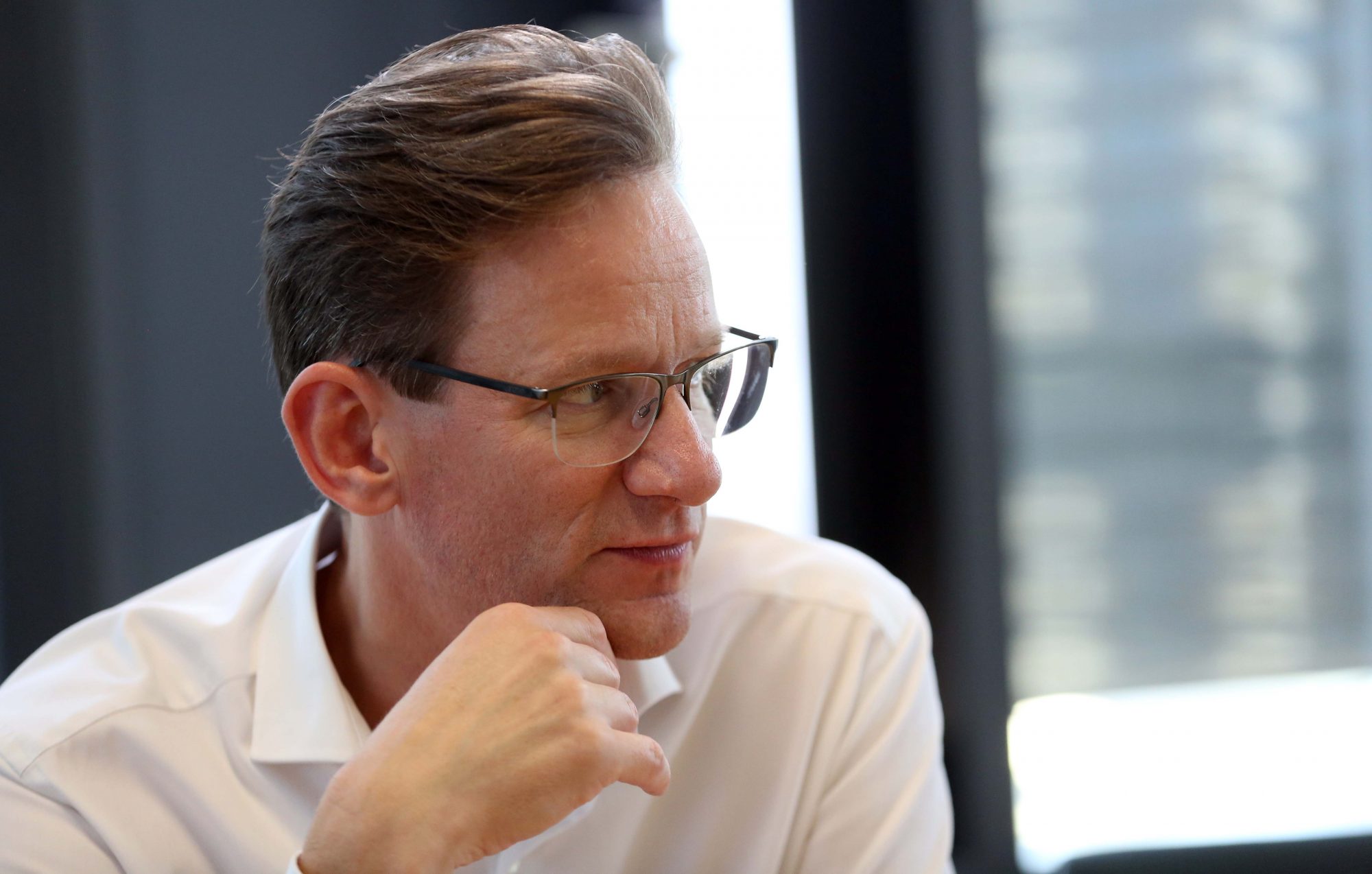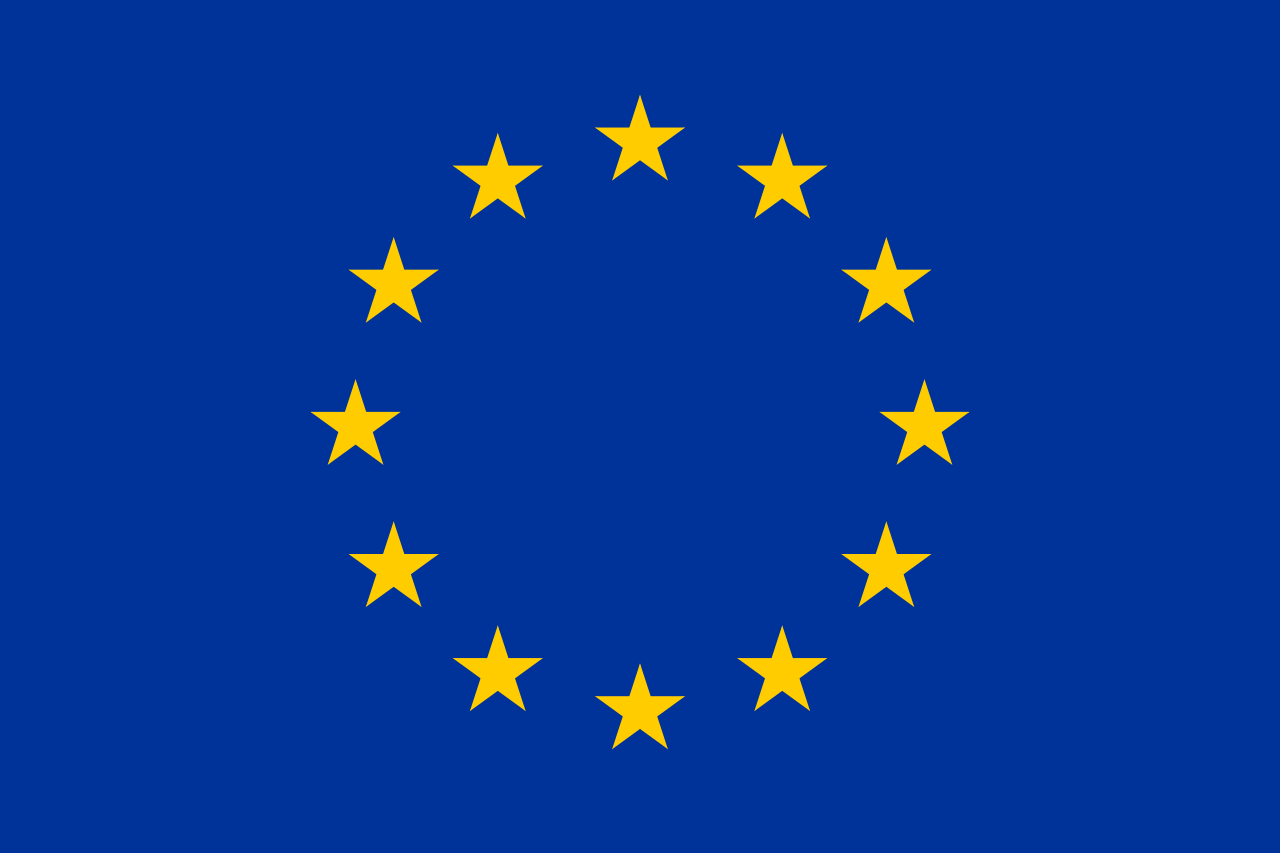Claus H. Ibsen, PhD, the Group R&D Director at Vestas aircoil A/S, and Professor Atul Bhaskar from the University of Southampton (currently at the University of Sheffield) discuss their collaboration and funding in their Horizon Europe project on structural vibration
How did you meet in the industry project?
Prof. Bhaskar from the University of Sheffield and Dr. Claus Ibsen from Vestas aircoil A/S met during the application for the Horizon 2020 project which was to be the InDEstruct project. At that time, Professor Bhaskar was affiliated with the University of Southampton as the project coordinator. The project was qualified for funding under the Horizon 2020 programme and has recently been completed.
Atul states: “Claus told me about the complexity of the industrial task and thought of putting together a doctoral training programme with basically four PhD students, two of whom, worked on vibrations.
“One of the projects turned out to be quite theoretical and computational, which produced some models and codes based on them that could support early stages of design, whereas the second project was more experimental. We had a third PhD student who was synthesising design questions and how to optimise designs, whereas the fourth student worked mostly on material issues.”
Claus adds: “We thought that as the complexity was rather broad for this task, we were going to collaborate with several universities, but Atul found a very strong team of professors among his colleagues from the University of Southampton who were able to have the expertise for us to have these four students with multidisciplinary capabilities”
Do you intend to continue your collaboration?
Vestas aircoil A/S have agreed to co-finance 2 PhDs to be enrolled at the University of Sheffield, with Professor Bhaskar securing co-financing with funding from the research council in the UK.
Atul: “In our work, concerning structural vibrations, we have learnt quite a bit from our previous projects – particularly, some specific features of the structural vibration problem, and we plan to focus on these aspects with an aim to improve the structural vibration performance. Hopefully, that will make the Vestas products better, quieter, longer in life, and cheaper.
“These product attributes are ideally what an industrial designer looks for. If there are changes in design that are prompted by the customer demanding a new thing, we need to know how to quickly come up with new designs, rapidly reducing the development time.
“Vestas aircoil will contribute funds for the project aimed at vibration reduction in heat exchangers – ”Vibration management in structures with mode degeneracy – enhancing the life of industrial charge air coolers”.

Professor of Applied Mechanics
The long-term ambition is to produce a hi-fidelity model in the spirit of digital twins, so that design changes could be quickly accommodated. This industrial funding from Vestas will be supplemented by additional funding from the UK Research Council to support the work of a PhD student for the duration of three and a half years.
We are also embarking on a new collaboration in the area of green composites which is in line with the commitments of Vestas aircoil to move towards sustainable technologies.
In this project, we will explore the possibilities of replacing traditional materials within heat exchanger parts with those from green and sustainable sources.
“For the structural vibration project, we are aiming to recruit a PhD student by autumn this year. For the other, we have partial funding committed from Vestas. In addition to the vibration work, we now have a new and novel project on green composites, which we are both excited about.”
Claus notes: “During our participation in the InDEStruct project, we saw the benefit of having an expert working on structural vibration. We made a new position in our R&D Department for which we were so fortunate that my colleague Dr. Bilal Qadri applied, so he is now our new R&D Vibration engineer. And the plan is that he will be the industrial supervisor of the new PhD we are setting up with the University of Sheffield.
I think in that way we contribute to the commission’s wish that the collaboration continues after the projects – a really good example of that.”

Do you have any plans for the future so far?
Atul: “We have recently submitted another new proposal to the Horizon Europe programme, titled ‘Advanced training on digital twins for robust and optimal mechanical performance.’ in which Claus has kindly agreed to be the coordinator once again because he has had the experience firstly of the whole process. I personally think it is often better to have project coordinators who come from industry rather than academia.
“We also have a more focused project this time, looking at structural vibration issues. It will be great if we win this grant, as we are trying to produce a digital twin, which is a kind of virtual object that hopefully would mimic the performance of the real object as closely as possible. There are other academic and industrial partners involved, but we know for sure that our partnership and collaboration will continue due to secured financial support from other avenues.”
What have you learned so far from being a project coordinator?
Claus: “That it needs dedication, but it is also inspiring and interesting. Especially when you see the scientific result which is generated in the consortium where different disciplines come together and make a difference.”
Atul: “Claus has done that extremely well and has put together the team in a very amicable environment. I think we all got along exceptionally well. That is something which is a part of good coordination that you take everyone with you.
“As a coordinator, Claus kept bringing students together to focus them. It is very important that a coordinator makes sure everyone gets along well and the language is always amicable, which Claus did admirably well. It was wonderful to work with Claus and we are excited that we’re going to continue to work together in future. We hope that we are successful in securing funds for further collaborative work.


This work is licensed under Creative Commons Attribution-NonCommercial-NoDerivatives 4.0 International.


